
views
Joining a Cricket Association
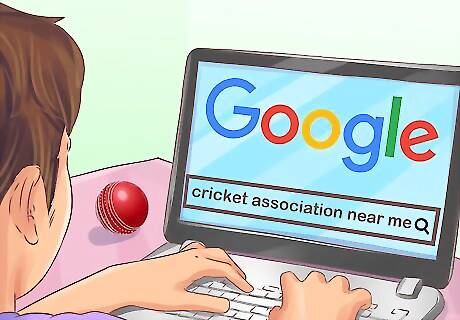
Find your local cricket association. Search online for “cricket association near me” or search the name of your city followed by “cricket association.” If you’re already a cricket player, just find out the name of the association your league or club is a part of. In order to umpire cricket games, you’ll need to join and meet the umpiring requirements of the association in charge of overseeing the games. For example, if you want to umpire for a league or club in southern Australia, you'd need to join the South Australian Cricket Association (SACA), which oversees the cricket leagues and clubs in that region.
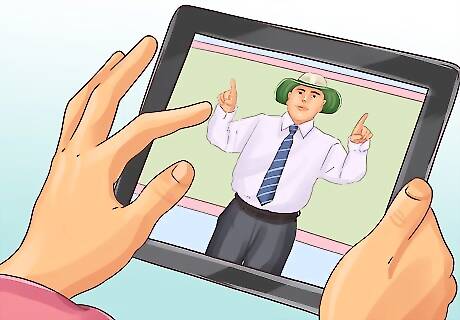
Enroll in umpiring courses offered by your association. Visit your association's website to find out what courses they offer. Some cricket associations require umpires to take all of their umpiring courses in order to get certified, so make sure you check the specific requirements on your association’s website. Plan on attending an in-person training session at least once a week. Busy schedule? Find out if your local cricket association offers online umpiring courses.

Pass your cricket association’s umpiring test. Most associations have a test they give all umpiring students after they finish their training courses. If you pass the test, you can apply for membership to the association. Your membership will allow you to umpire games in local leagues and clubs that are within your cricket association.
Studying the Game

Learn the rules of cricket. As an umpire, you need to know the rules of the game inside and out. Even if you already play cricket, it’s a good idea to refresh your memory. Look for learning resources online, or take out a book about cricket from your local library. Take online cricket quizzes to find out how well you know the game and what areas you need to improve in.

Attend local cricket games and observe the umpires. If you can’t attend games in person, watch old games online. Pay attention to the umpires as you watch. Notice where they stand on the field, what hand signals they use, and how they interact with the players and coaches. Observing umpires in action will give you an idea of how you should act on the field when you're umpiring.
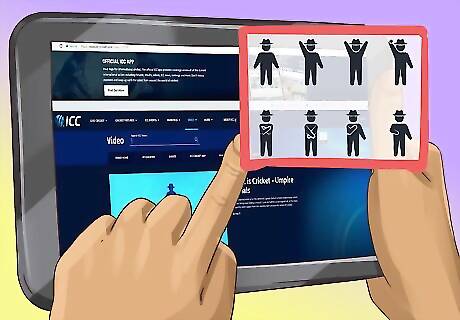
Learn the different umpire signals. Cricket umpires use hand signals to communicate with the scorer, players, coaches, and people watching the game. To be a successful cricket umpire, you should have all of the hand signals memorized. To view all the different cricket umpire hand signals, visit https://www.icc-cricket.com/video/310706 For example, the signal for no ball is stretching your right arm out so it’s parallel with the ground. To let everyone know there's 1 hour left of the game, you would hold out your left arm and point to your watch with your right hand. If you wanted to take back the last signal you made, you would cross your arms over your chest and put your hands on your shoulders.
Being a Good Umpire
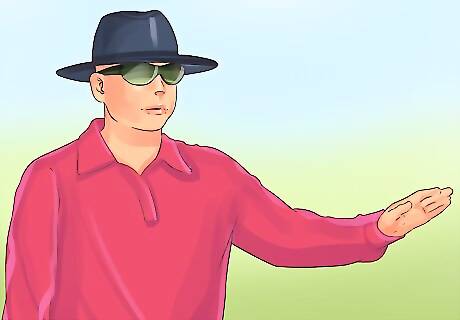
Play by your cricket association's rules. Some cricket associations change certain rules of the game when it makes sense for their players. Make sure you know your association’s rules so you’re not making incorrect calls on the field. Your association should go over their unique rules with you during training, but ask someone if you’re confused. For example, if you’re umpiring cricket at the junior level, the rules may be more lenient than if you were umpiring at an advanced level.
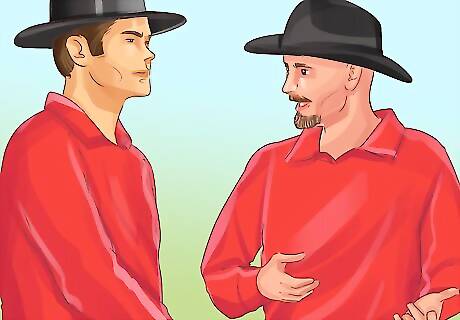
Communicate with the other umpire on the field. Cricket games typically have 2 umpires. Pay attention to what the other umpire is doing and signal to them when necessary. They might see something that you missed or vice versa, so it’s important you communicate with them. Talk to them before the game so you’re both on the same page about the rules and signals you’ll be using.
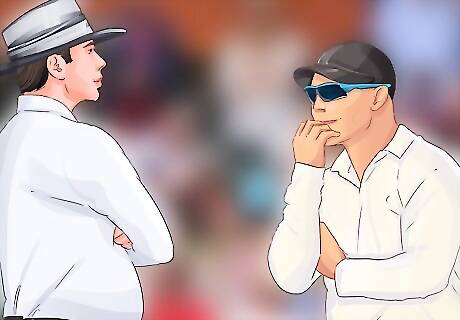
Be friendly and encouraging. Demonstrate good sportsmanship by being fair and impartial. As an umpire, you’re responsible for showing players and coaches what’s acceptable behavior on the field. Don’t get angry or upset at the players or coaches. Instead, smile and show everyone that you’re having a good time.




















Comments
0 comment